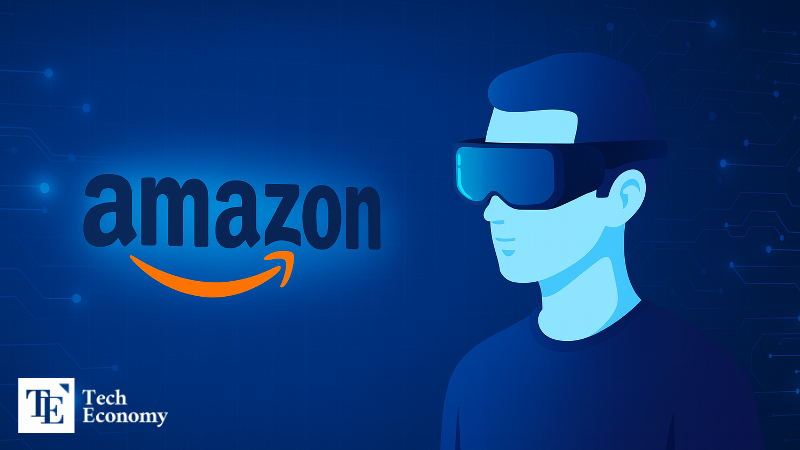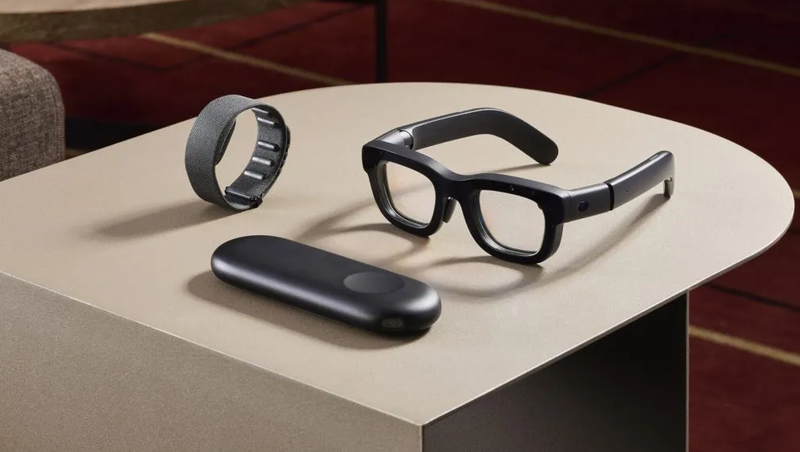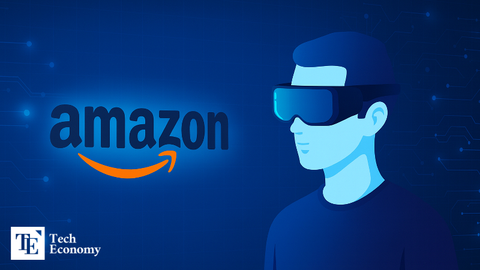Amazon Bets on AR Glasses for Consumers and Logistics, but Doubts Remain
Input
Changed
Amazon Developing AR Glasses for Shoppers and Delivery Drivers Patent Filings and Startup Investments Show Ongoing Tech Push Skepticism Remains: “Can They Deliver on Time This Time?”

Amazon has reportedly begun developing augmented reality (AR) glasses for consumers. After years of filing patents for AR technologies and investing in related startups, the company now appears to be preparing a direct entry into the smart device market.
Amazon’s New AR Devices
According to The Information on the 10th, Amazon is developing consumer AR glasses under an internal project code-named “Jayhawk.” The device will feature a full-color display over one eye, along with a microphone, speaker, and camera. Chinese firm Metabounds is supplying the display technology. The launch is expected between late 2026 and early 2027.
Amazon is also working on a logistics-focused AR headset. The delivery-driver model, called “Amelia,” first reported in November last year, will display delivery addresses and sorting information directly on the screen. It could be rolled out as early as the second quarter of 2026, with an initial production run of about 100,000 units. While Jayhawk and Amelia share the same display technology, Jayhawk is being designed to be thinner and more compact.
Industry watchers see these efforts as a signal that Amazon is moving AR glasses from experiment to execution. The consumer device is expected to integrate Amazon’s AI assistant Alexa, combining AI capabilities with shopping and media features. Meanwhile, the logistics version could improve delivery efficiency, standardize workflows, and lay the foundation for a leap in on-site productivity.
Amazon’s Continued Push to Secure AR Technology
Amazon has long worked to strengthen its AR capabilities. A notable example is a patent application filed in 2018 (US10754418), later registered in 2020. The patent outlines a method of projecting product information—such as names, prices, ratings, and reviews—directly onto a shopper’s body, like the back of the hand or arm. The approach was designed to present key details in one place without disrupting visibility.
The company has also pursued growth through investments. In May, Amazon took part in a €32.2 million ($51 million) Series A round for Dispelix, a Finnish startup developing the world’s first autofocus glasses. Market observers viewed the move as a strategic step to secure next-generation eyewear technology that could be integrated with Amazon’s platforms.
If Dispelix’s technology is connected with Alexa, users could intuitively control focus with voice commands, check schedules, or access personal information directly through the lenses. For Amazon, such integration would mean the chance to deliver a more seamless experience for customers, particularly those with presbyopia or impaired vision, turning accessibility into a competitive edge.

Delayed Promises Cast Doubt on Amazon’s AR Glasses
Skepticism lingers over whether Amazon can deliver its AR glasses on time. The company has a track record of announcing ambitious devices but failing to bring them to market as planned. In March, Panos Panay, Amazon’s head of devices, told Bloomberg that the company was “planning the next generation of AI-powered devices” and had “several amazing products already in development.” While he didn’t name specifics, his comments hinted at AR glasses, wrist-worn devices, and earbuds.
At the time, Amazon promised that its upcoming products would integrate with its AI assistant, Alexa. Panay boasted that “Alexa Plus will unlock countless new products and experiences,” stressing that the company was prioritizing the most important device categories. The first of these AI-driven products was expected to debut this fall, yet no actual release has materialized to date.
Amazon also faces challenges beyond delays. Meta, a frontrunner in AR hardware, continues to capture attention by unveiling prototypes in rapid succession. Last year, it introduced “Orion,” a model with displays in both eyes, and at this month’s Meta Connect event, it is expected to reveal “Hypernova,” a single-eye display headset. Without clear differentiation, Amazon’s AR glasses risk being overshadowed by Meta’s steady drumbeat of high-profile launches.






















Comment